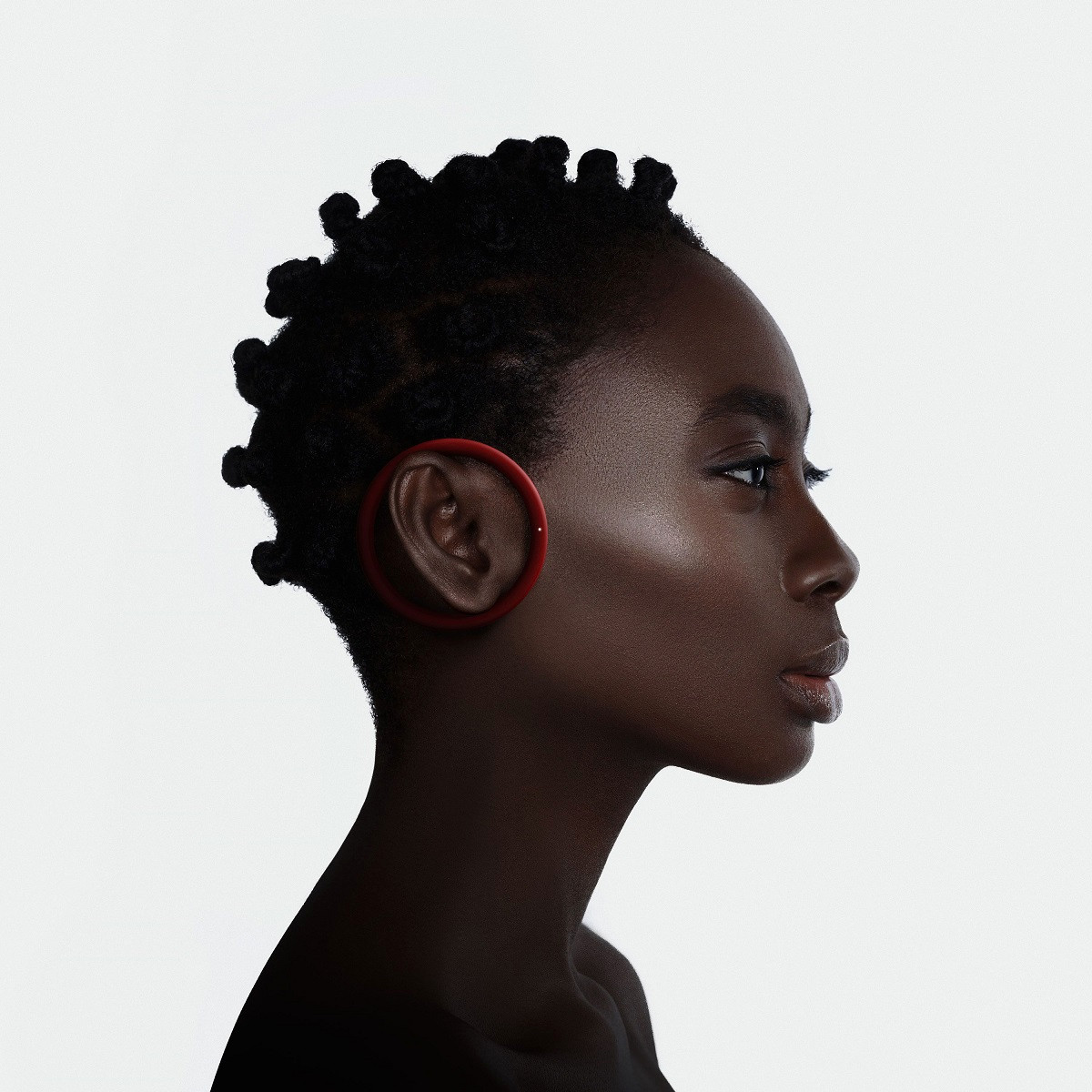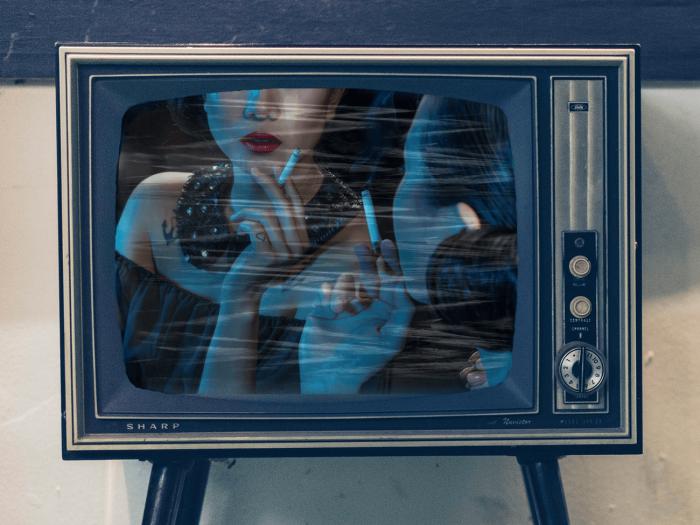Think back to when you were a kid and played with a video camera for the first time.
It was magical, wasn’t it? Especially in the pre-digital era, when seeing yourself on a screen was still novel. Kids these days don’t know how good they have it.
The problem with the home video cameras of old was that they weren’t exactly cheap—or intended for grimy little hands. Parents were understandably reluctant to let their kids have free reign with the family camcorder, lest they smash a $2,000 piece of high-tech VHS equipment.
That is, until 1987, when toy manufacturer Fisher Price introduced the PXL-2000—“the first camcorder for kids.”
The PXL-2000 was simultaneously a kid’s dream and a parent’s nightmare. It was undeniably cool (even to this day), but had some seriously annoying drawbacks.
Let’s start with the good.
The PXL-2000 was an impressive feat of toy engineering. It was small, it ran on batteries, it was easy to operate, and it was offered at a price that was expensive but manageable: between $219 – $437 (adjusted for inflation), depending on the accessories.
But perhaps coolest of all was the recording method. The PXL-2000 could record video on regular audio cassette tapes.
To pull this off, the PXL-2000 had to run the tapes at 9x their normal recording speed. As a result, the poor thing sounds like a drone with a few loose screws—which doesn’t exactly help with the audio quality of the video. Not only that, but the speed required to record video onto the audio cassette tapes meant you could only get between three to four minutes of video per side—clearly not enough to record multiple takes of a Rick Astley music video recreation.

But it gets even better (worse?): to keep costs low, the PXL-2000 doesn’t rely on a lens to capture moving images; instead, it uses a pinhole to focus light. By nature, this method requires a lot of light to make images distinguishable, and meant that filming anything indoors was virtually useless. The image itself was black and white and had a paltry resolution of 120 x 90 pixels at 15 frames a second. Not exactly hi-def.
To top it off, the PXL-2000 was a total battery hog. It would chew threw six AA batteries in 5-10 minutes—and this was in the days before rechargeable batteries were widely used.
With all those limitations, it’s no surprise that the PXL-2000 only lasted a few years before Fisher-Price killed it.
But, it is enjoying a pretty nice retirement…
From Toy to Avant Garde Tool
Despite (or perhaps because of) its limitations, the PXL-2000 became somewhat of an avant garde tool for filmmakers looking to add a gritty aesthetic to their work. Director Richard Linklater shot an entire two minute scene on the PXL in his 1991 film Slacker (he describes shooting with it as “hell”). Ethan Hawke’s character in Hamlet uses it to film his video diary, and it even makes a brief appearence in Love and Other Drugs.
There’s even an entire film festival (albeit small) dedicated to films shot on the PXL-2000 that has taken place every year since 1990 in Los Angeles. With its 26th installment coming up in May, it’s (shockingly) one of LA’s longest running film festivals.
2007’s most praised entry, “A Tool is a Tool”
However, before you start planning your entry for next year, a word of warning: the limited supply and cult status of the PXL-2000 has driven up the aftermarket value. Refurbished models go for as much as $350 on eBay, and many for sale still need quite a bit of work to film again.
But if all that doesn’t deter you, here’s a look at some previous year’s selections so you can size up the competition.



